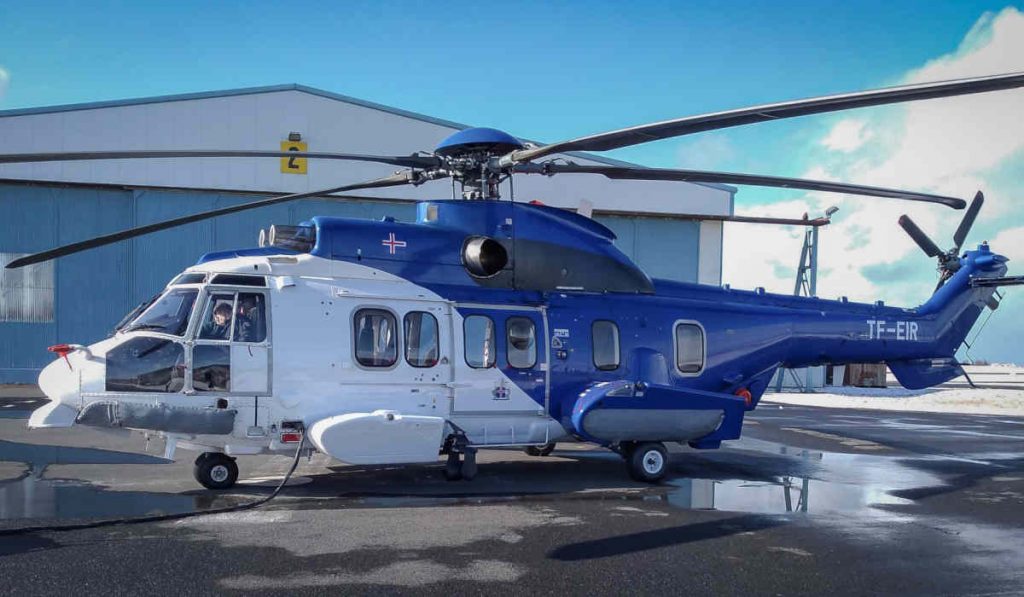
News
SAR
Icelandic Coast Guard upgrades to Airbus H225 helicopters
April 3, 2019 By Helicopters Staff
“We fully expect that the new Super Pumas will add great value to the safety and security of our operations.”
 The H225 and military variant H225M are operated by 20 nations worldwide. (Photo: Airbus)
The H225 and military variant H225M are operated by 20 nations worldwide. (Photo: Airbus)
The Icelandic Coast Guard, as the first step in the renewal of its helicopter fleet, is upgrading with two Airbus H225 heavy search and rescue (SAR) helicopters. The aircraft are replacing two of the Icelandic Coast Guard’s (ICG) three existing Airbus AS332L1 Super Pumas, the first of which entered service in 1995.
ICG’s new H225 aircraft are being leased from Norwegian helicopter lessor Knut Axel Ugland Holding AS. They are both scheduled to be in service by the end of April 2019. Airbus explains ICG plans to purchase permanent replacements for all three aircraft in its fleet by 2022.
Airbus Helicopters is providing pilot and technician training on key features of the H225 and ongoing maintenance and support under an HCare Smart Parts By the Hour contract.
The 11-tonne category, twin-engine H225 is the latest member of Airbus Helicopters’ Super Puma family with more powerful engines, which the company explains to provide a smoother ride and enhanced performance compared to the AS332L1.
Equipped with state-of-the-art electronic instruments and a 4-axis autopilot system, the H225 can be fitted with a range of SAR equipment. Operated by two pilots, it can be configured with up to 18 seats or six stretchers.
“The experience with our current fleet of Super Pumas has been excellent through the years. Overall they have done a fantastic job for us here at the Icelandic Coast Guard, in some of the most challenging conditions for aircraft SAR operations in the world,” said Commander S.G. Sindri Steingrimsson, director of flight operations at ICG. “We fully expect that the new Super Pumas will add great value to the safety and security of our operations, increasing capability and reliability while at the same time modernising our technological standards to meet current needs.”